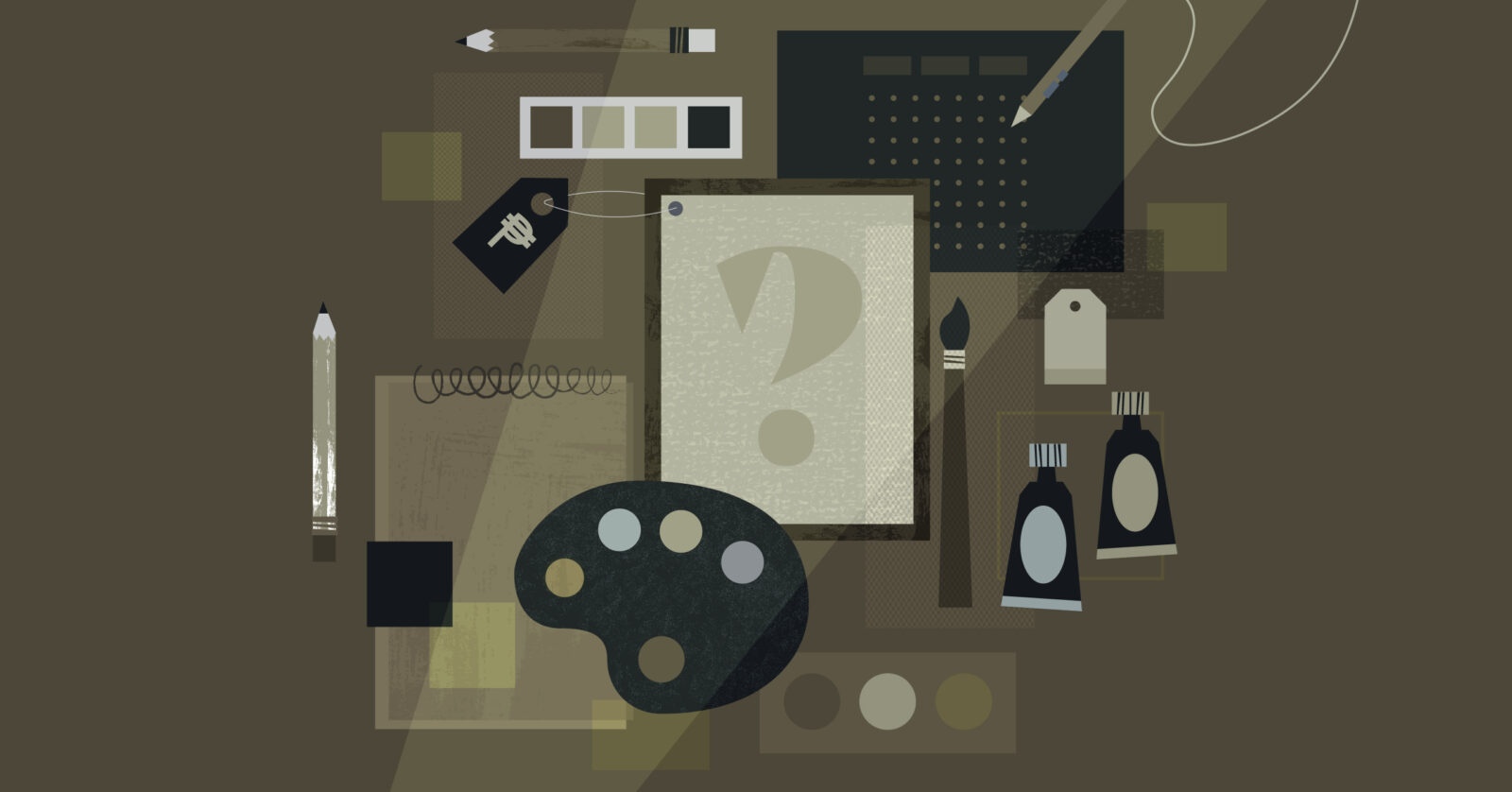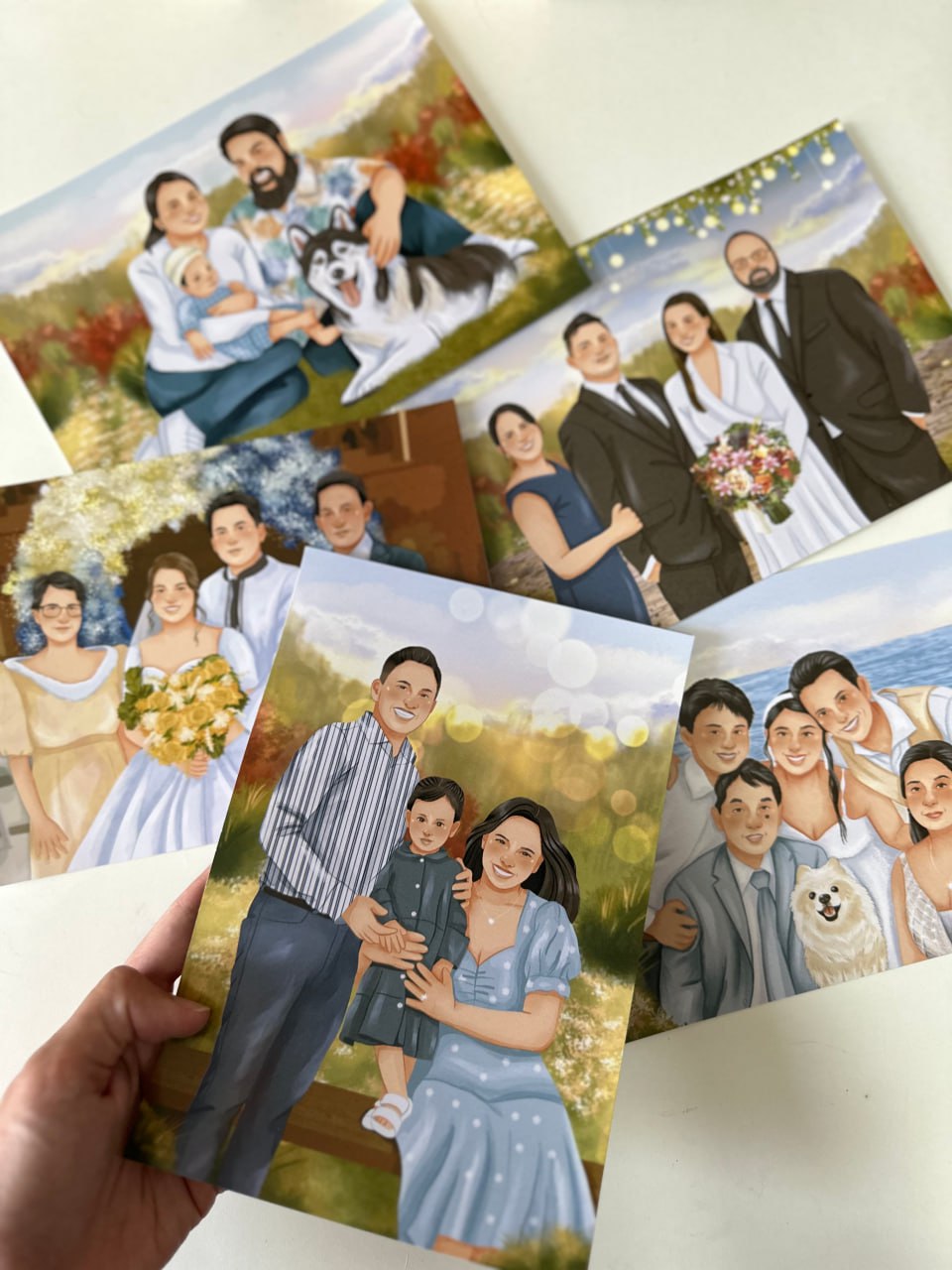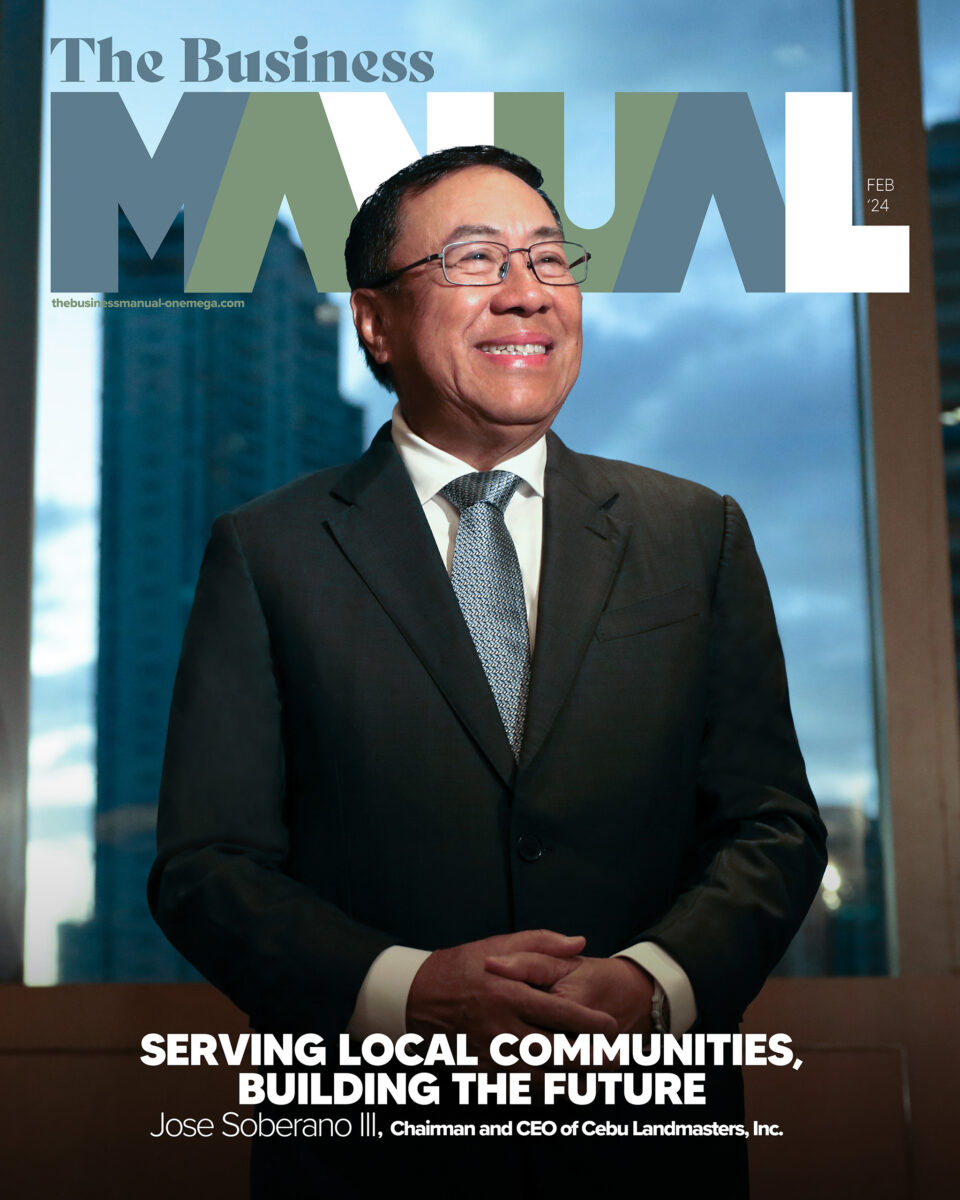[ASK TBM] Art Business 101: How Should Artists Price Their Work?

How to price an artwork can be a challenge for any artist looking to earn from their work. Aya Zafe, artist and owner of Curious Case, provides insights.
Whether through paintings, prints, digital art, and everything in between, countless artists have come to the realization that they can earn money from their art. However, there is one hurdle that every art business has to face that can be quite challenging to figure out. How exactly does one price their art?
Pricing can be difficult for a variety of reasons. Producing an artwork entails costs, such as materials, labor, and even software for digital art. Artists also want to profit, especially if their art is their source of income, but have to be mindful not to price too high. After all, while art undoubtedly has value, it can be difficult to arrive at a specific number. How should an art business price their artworks while keeping all these in mind?
The Business Manual spoke with Aya Zafe, a self-employed artist and owner of Curious Case, for some tips and advice that can help every art business figure out exactly what to do when it comes to pricing.

What led to the realization that you can earn from your art?
In 2020 and while working from home, I rediscovered my love for art. Every night after my full-time shift while stuck at home, I honed my skills in digital art using my drawing tablet. There are a lot of self-employed artists and creative entrepreneurs around the world that I looked up to and constantly checked on.
Motivated and inspired, I consistently shared my works online, got featured on a few publications, and worked on collaborations with other creatives. After building a small following online, I started accepting client work.
Four months into freelancing as a digital illustrator, I started earning more from it monthly compared to my monthly income as a full-time architect, and I realized that in this digital age, there is a world away from the corporate world. After nine months of juggling being an architect and a freelance artist, I finally resigned from my full-time job.
What struggles did you encounter when you were starting out as an artist looking for commissions? How did you overcome them?
As someone who got clients online, I mostly struggled with the burnout from having to market myself and consistently be visible on social media. Taking photos, filming and editing videos of my work, curating content –it’s like being your own social media marketer. I’ve come to find out that as long as I take constant breaks, and intentionally find inspiration, I find joy in sharing my works again.
Other than that, I am glad that I was able to reach my target audience, and that I never had lowballer clients –only those who actually appreciate my work and are willing to pay my rates. It became and definitely still is a sustainable income stream for me.
How do you price your commissions? What factors do you consider when it comes to pricing your artwork?
Since I mostly do portraits, my commissions are priced per head. Additional charges will just apply depending on the complexity of the background and other client requests. Since my artworks are digital and the output are soft copies, the clients are able to choose how they want to print or use the artworks.
Do you allow clients to haggle the price of their commissions? Why or why not?
No, I don’t. I think it’s a way for me to respect my own work. It’s up to the potential clients if they really want to commission me for an artwork. I think this way, I am also able to find my market and weed out lowballers. Thankfully, I also don’t think it’s an issue for them – when potential clients couldn’t afford my rates, they would usually tell me that they will save up first instead of haggling.
What concrete tips and advice can you give to an art business or artists aspiring to earn an income from their art?
Upskill and find your own art style. If you’re just starting out, you can try out freelancing sites like Upwork, Fiverr, Racket.ph, and others to check the competition and the usual rates. Market yourself on social media and share your works, because you never know who’s watching!
What concrete tips and advice can you give to an art business when it comes specifically to pricing their art?
Research how other artists are pricing their work – locally and internationally. Respect the own price you set, and always remember that there’s a client out there who’s willing to pay for your work, you just have to find them.
Aya Zafe is a self-employed artist and the owner of Curious Case. Prior to focusing on her, she worked as a full-time architect or a leading design firm as well as a major real estate developer.




